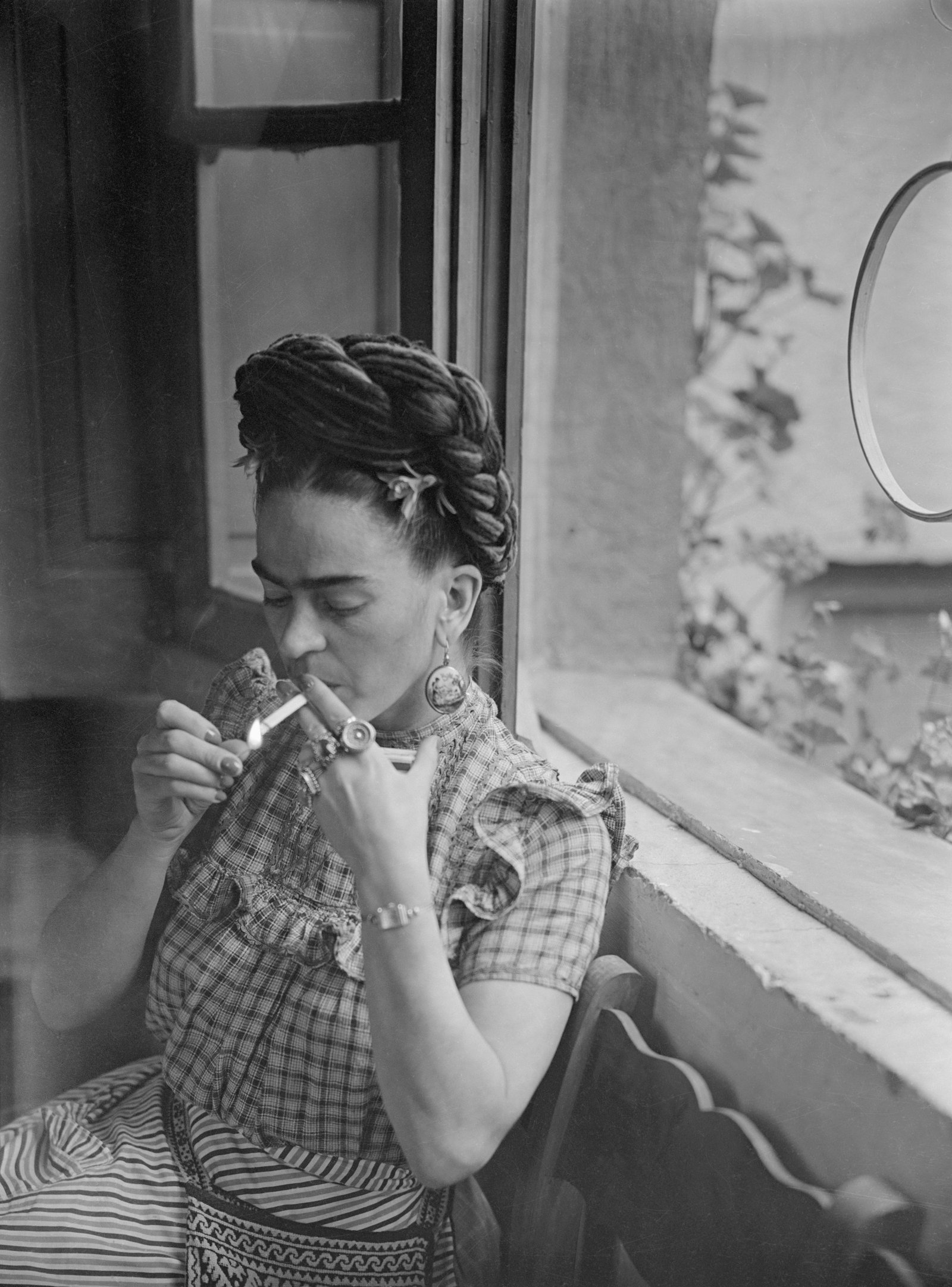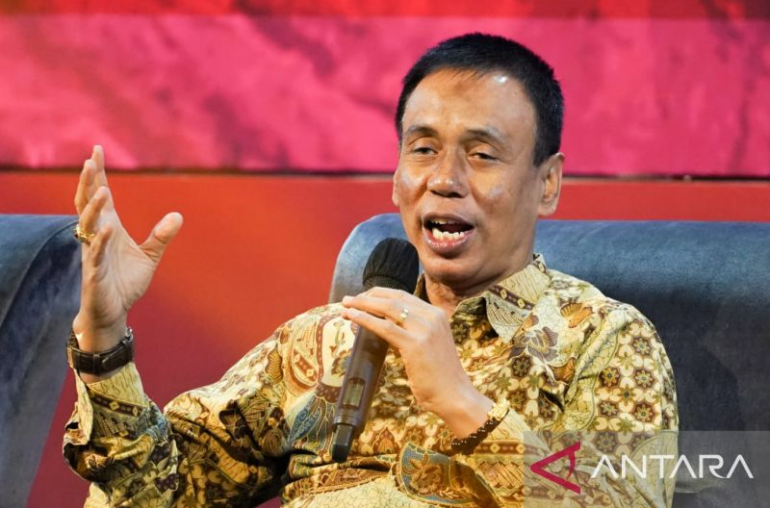Sections
Businessman Martin Mobarak’s stunt is now under investigation by the Mexican government
Ella Feldman
Daily Correspondent
Back in July, at an extravagant Miami mansion party, Martin Mobarak wore a sequined blazer featuring the face of Frida Kahlo. “What we’re going to do today here,” he informed his guests, “it’s going to change the lives of thousands of children, and I hope that everyone that is here can understand it.”
Mobarak, a wealthy Mexican businessman who lives in Miami, held up what he claimed was a drawing from one of Kahlo’s diaries. He proceeded to remove it from its frame, place it in a martini glass filled with bright blue rubbing alcohol, and set it on fire.
As the drawing burned, an image of it emerged from digital flames on a screen behind Mobarak. His company, Frida.NFT, would now be selling 10,000 non-fungible tokens (NFTs) of the image. The drawing, per the company’s website, “was permanently transitioned into the Metaverse.” Some portion of the proceeds, his organization claimed, would support “unfortunate children, battered women and other less fortunate around the world.”
Four months later, it looks like Mobarak’s stunt will cost him a lot more than it will earn him.
The burning of the drawing—which Mobarak alleges was the original Fantasmones Siniestros, a 9- by 6-inch ink and watercolor work Kahlo drew in her diary in 1944—mostly flew under the radar until September, when it reached Mexico’s National Institute of Fine Arts and Literature. On September 26, the institute announced that it was investigating whether the drawing Mobarak burned was authentic or not.
If the drawing was indeed a real Kahlo, Mobarak has committed a federal crime in the eyes of the Mexican government, which protects Kahlo’s entire body of work. “In Mexico, the deliberate destruction of an artistic monument constitutes a crime in terms of the federal law on archaeological, artistic and historical monuments and zones,” the institute said in a statement, per Google Translate.
On the other hand, if the drawing was an imitation, Mobarak could find himself in trouble for fraud, lawyer Leila Amineddoleh tells the New York Times’ Zachary Small.
“If he did actually burn it, he is breaking one law,” says Amineddoleh, who specializes in art and cultural heritage law. “And if he didn’t, if it was a reproduction, then he might have violated copyright law. And if he copied the original with an intent to deceive, it could be fraud.”
The Museo Frida Kahlo also released a statement condemning Mobarak’s actions and raising potential legal concerns.
Mobarak tells the Times that he thinks Kahlo herself would approve of his stunt. “If Frida Kahlo were alive today,” he says, “I would bet my life that if I asked to burn a small piece of her diary to bring some smiles and better quality of life to children, then she would say: ‘Go ahead and do it. I’ll light the fire.’”
Mary-Anne Martin, a renowned dealer of Latin American art, has sold Fantasmones Siniestros twice, once in 2004 to a foundation and then in 2013 to a private collector. Speaking with Vice’s Emily Green, Martin says she did not sell the drawing to Mobarak and had not heard of him before September. “The whole thing is creepy,” she says.
Mobarak, for his part, maintains that the drawing was authentic. He tells the Times that he bought it from a private collector in 2015, though didn’t share how much he paid for it. He claims the drawing was valued at $10 million.
According to Etherscan, which analyzes Ethereum blockchain transactions, only four of the 10,000 available NFTs of the Kahlo drawing have been sold as of Tuesday, per the Times, totaling less than $11,200.
When the Times asked Mobarak if he wished he hadn’t burned the drawing, he “took a long pause and sighed.” He then responded: “I like to say that I don’t regret it.”
Burning physical art is not unprecedented in the NFT market, which is currently “down by nearly every trackable metric,” as Quartz’s Scott Nover puts it. Last year, a collective called BurntBanksy lit an original artwork by the famous street artist on fire, then sold an NFT of the work. Earlier this year, British artist Damien Hirst sold thousands of his own paintings and gave buyers the option to keep either an NFT or physical copy of each piece. For those who chose the NFT version, the corresponding physical work was destroyed.
|
Ella Malena Feldman is a writer and editor based in Washington, D.C. She examines art, culture and gender in her work, which has appeared in Washington City Paper, DCist and the Austin American-Statesman.
Explore
Subscribe
Newsletters
Our Partners
Terms of Use
© 2022 Smithsonian Magazine Privacy Statement Cookie Policy Terms of Use Advertising Notice Manage My Data Cookie Settings


